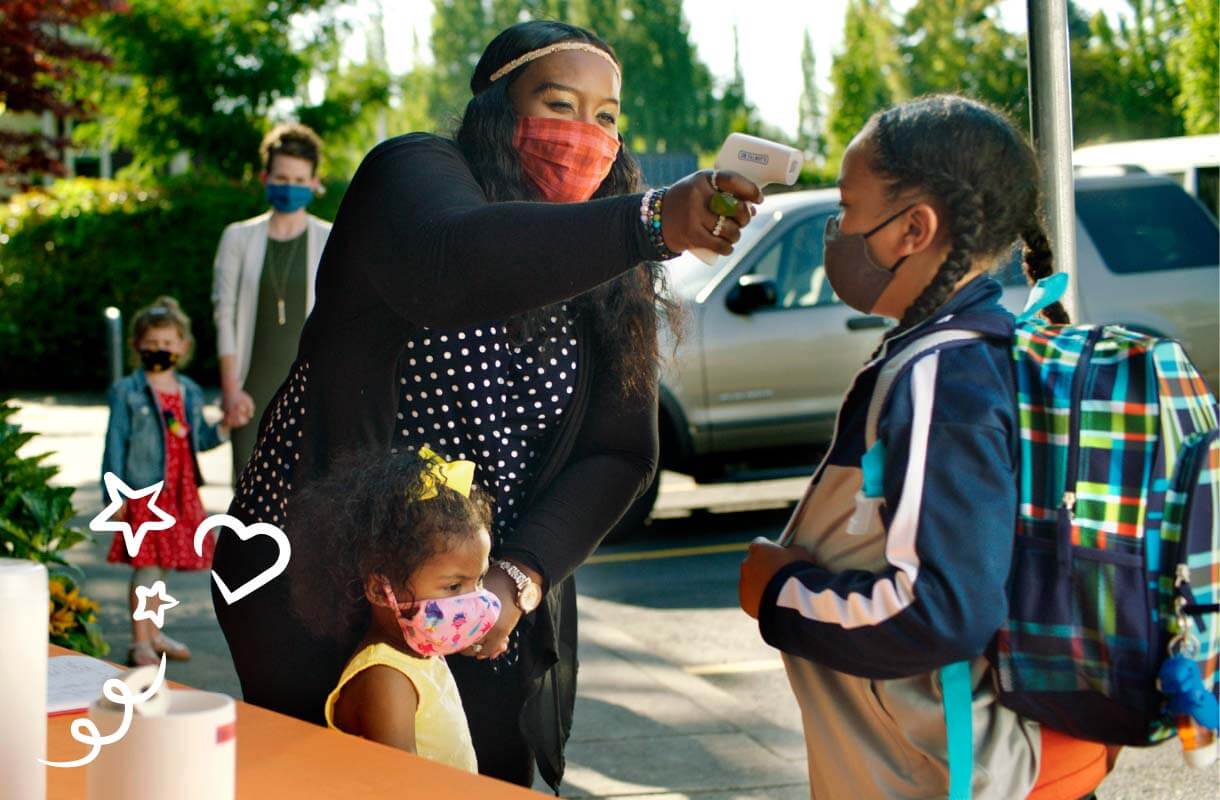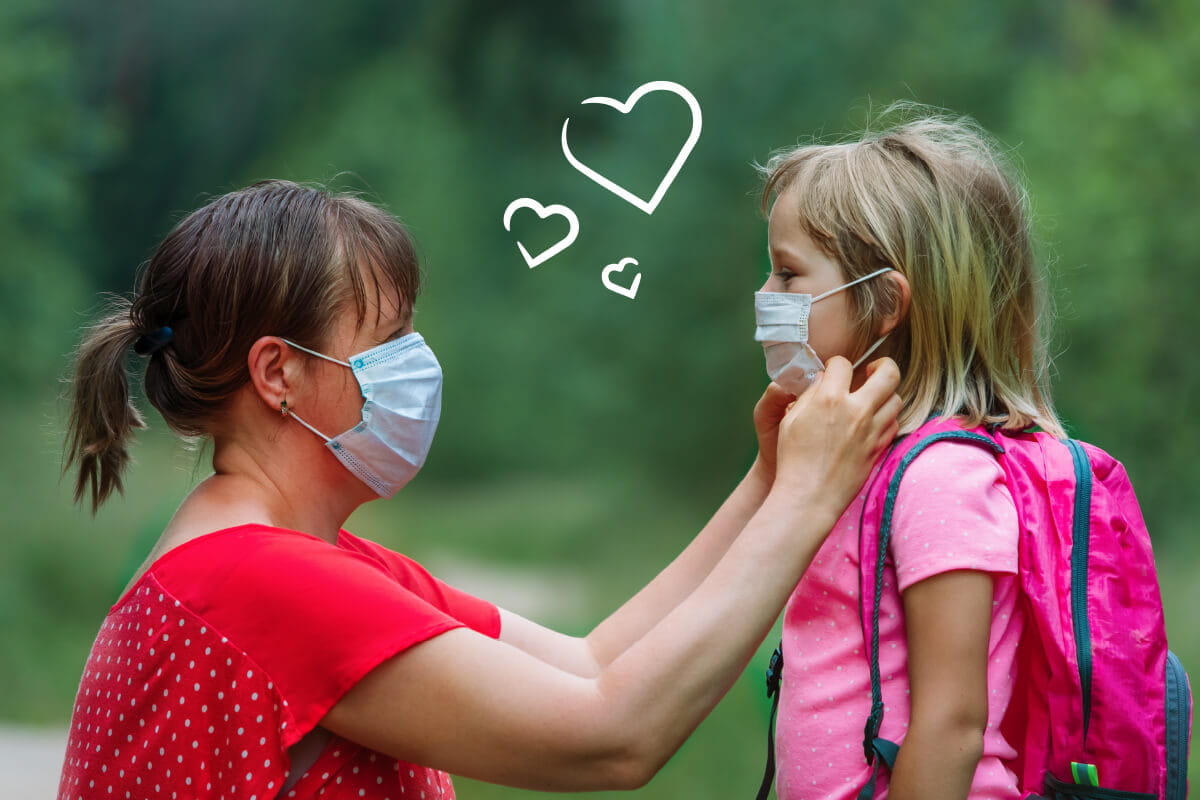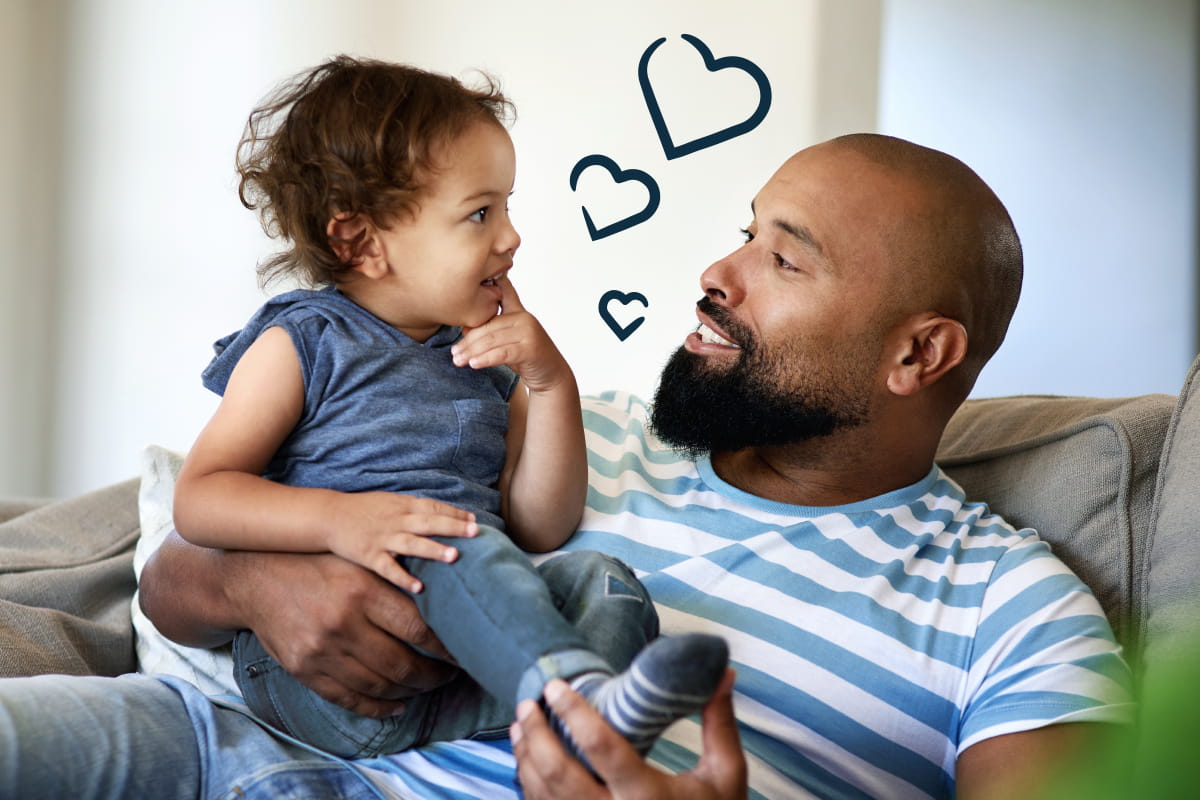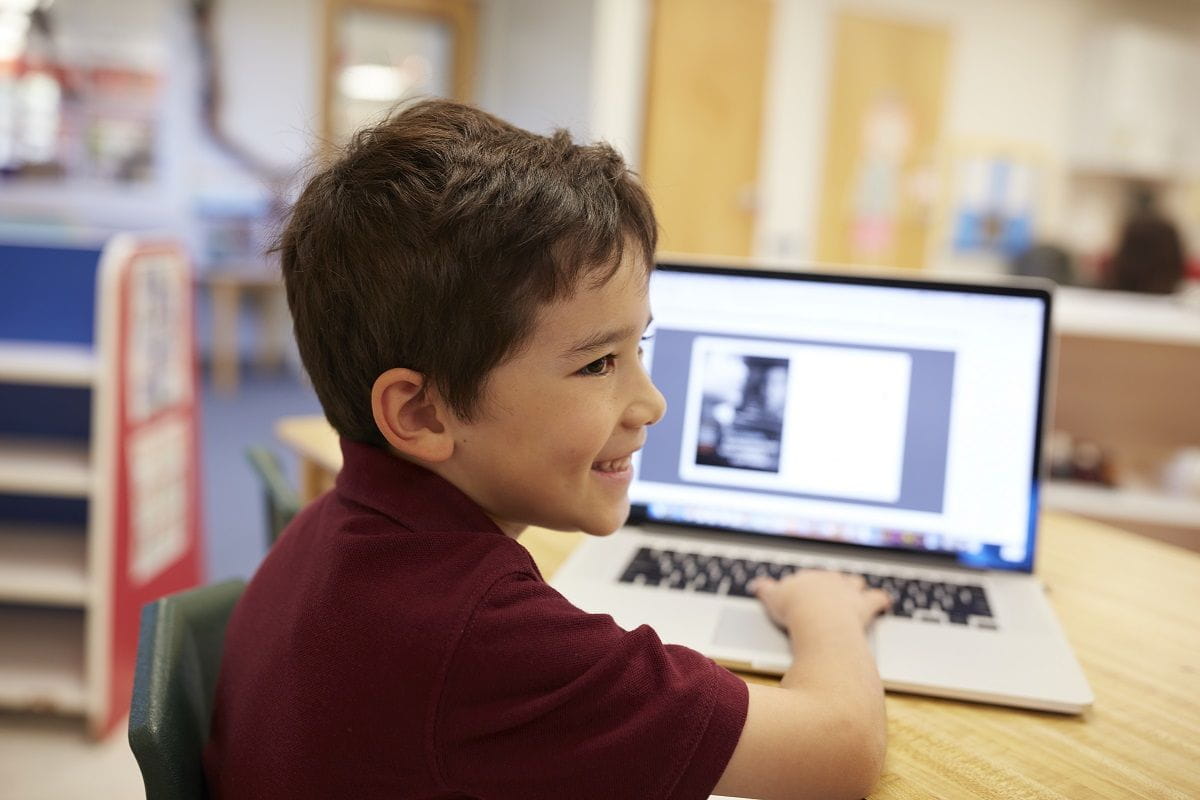Change a Habit or Get a Gadget! 10 Easy Fixes for a Child-Safe Home
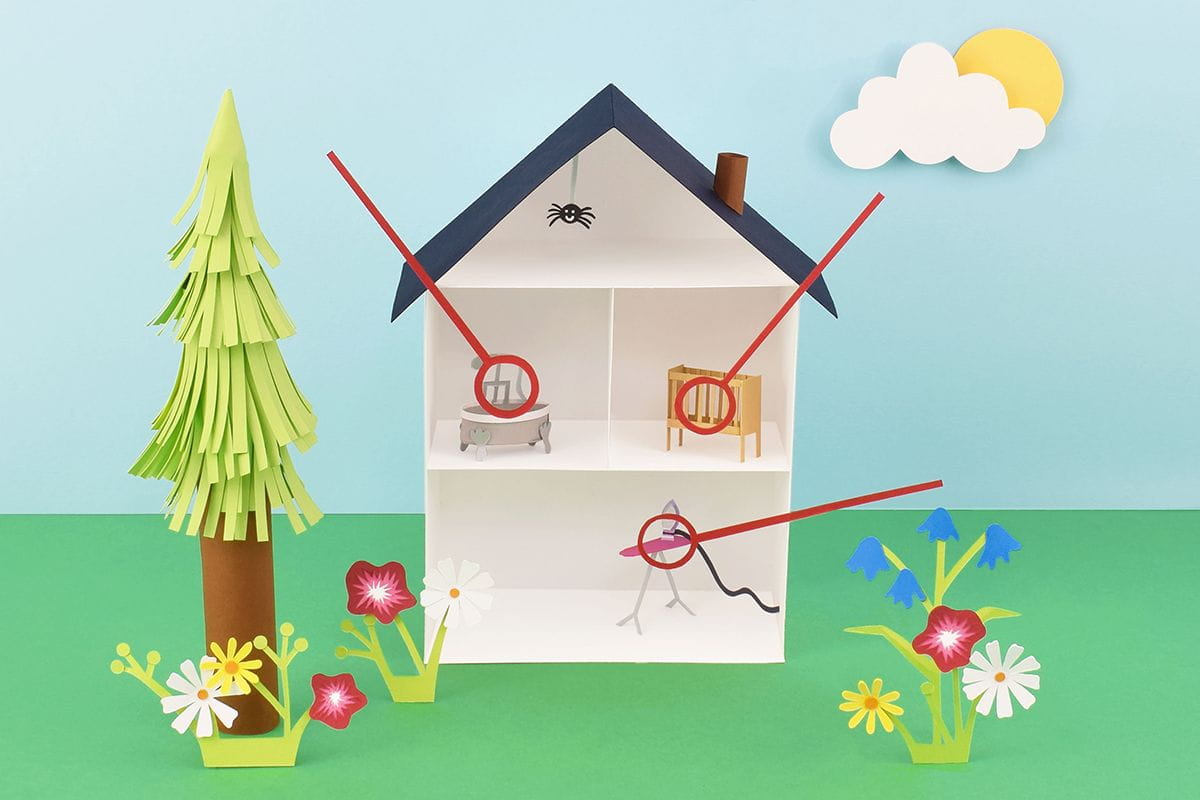
If you’re a parent, you know that kids climb—well, everything. They put stuff in their mouths. They explore their world with enthusiasm and excitement. That’s what young children are supposed to do, after all.
But that same urge to discover can also lead to unintentional accidents, even in our own homes. In fact, statistically the most (and most serious) accidents for young children ages 0–5 at home are caused by everyday, household things. Here’s the good news: There are easy ways to ensure those everyday things don’t cause an injury in your own home sweet home.
These safety measures aren’t hard to do—you may already be doing many of them. (In which case, good job!) And if your home is not quite at the ready? Well, many of these fixes require little more than a trip to the hardware store or changing a habit or two. Do them, and you’ll feel like the superstar mom or dad (or grandparent) that we’re sure you already are—and more importantly, you might save yourself an unwanted trip to the emergency department.
Ready, set, make your home safe!
1. Stairs
For young children, it’s just so exciting to learn how to climb and crawl—but it takes a while to develop the coordination needed to climb up and down stairs safely. Consider this: Stair-related injuries send more than 93,000 children under the age of 5 to emergency departments every year.
Your Safety Fix: Get a Gadget. To keep your emerging mover safe, use safety gates at the bottom and top of stairs—and make sure the safety gates you choose are designed to be used with stairs. We love this Consumer Reports guide to buying safety gates. It’s important to note that gates are designed to be used until your child turns 2. After that, the gates can be removed, although your child will still require close supervision on the stairs until he or she can maneuver them well.
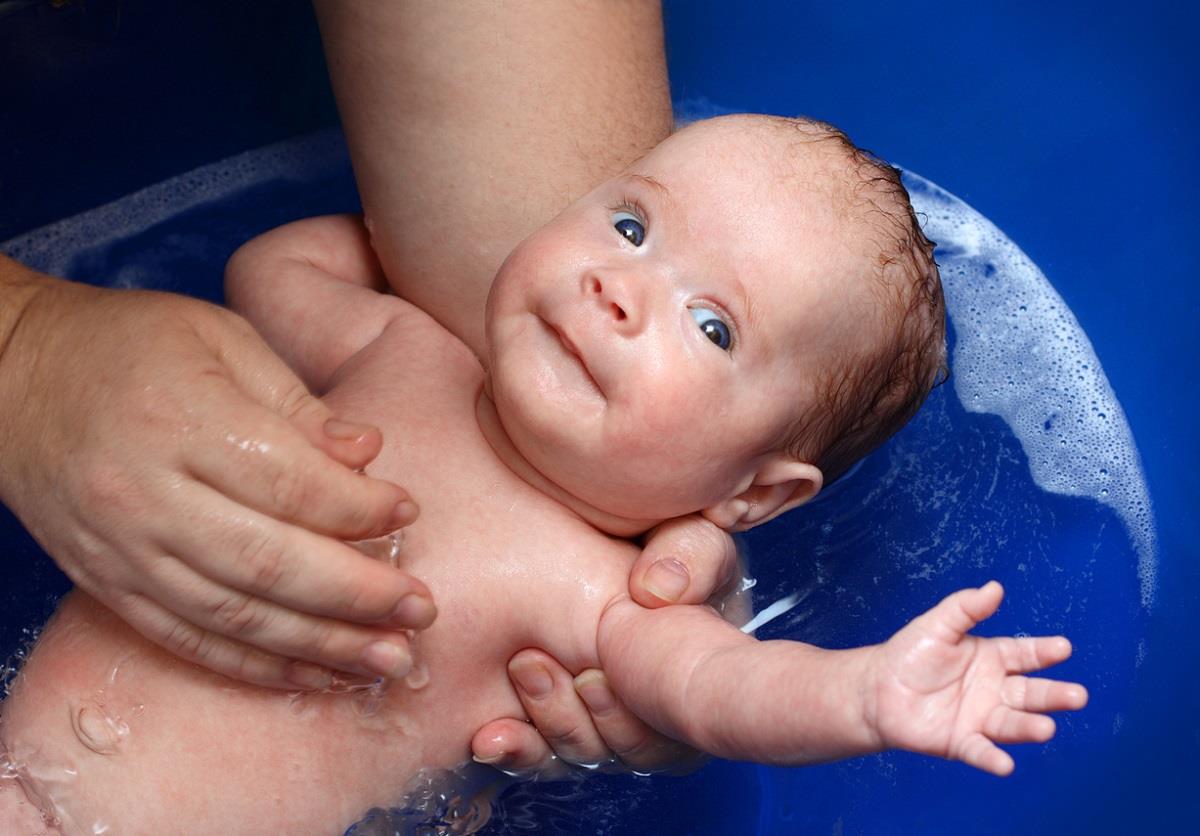
2. Bathtubs
Splish, splash—whoops, forgot to get the towel! A Safe Kids Worldwide survey of 1,010 parents found that nearly half of them have left their children alone in the bathtub. “Parents may be surprised to learn that drowning is the leading cause of injury-related death in the home for children ages 1 to 4, and 24 percent of them were in the bathtub,” Safe Kids noted in its report Protecting Children in Your Home.
Your Safety Fix: Change a Habit. Never, ever leave your child alone in the bath—if you have to get a towel, bring your child with you.
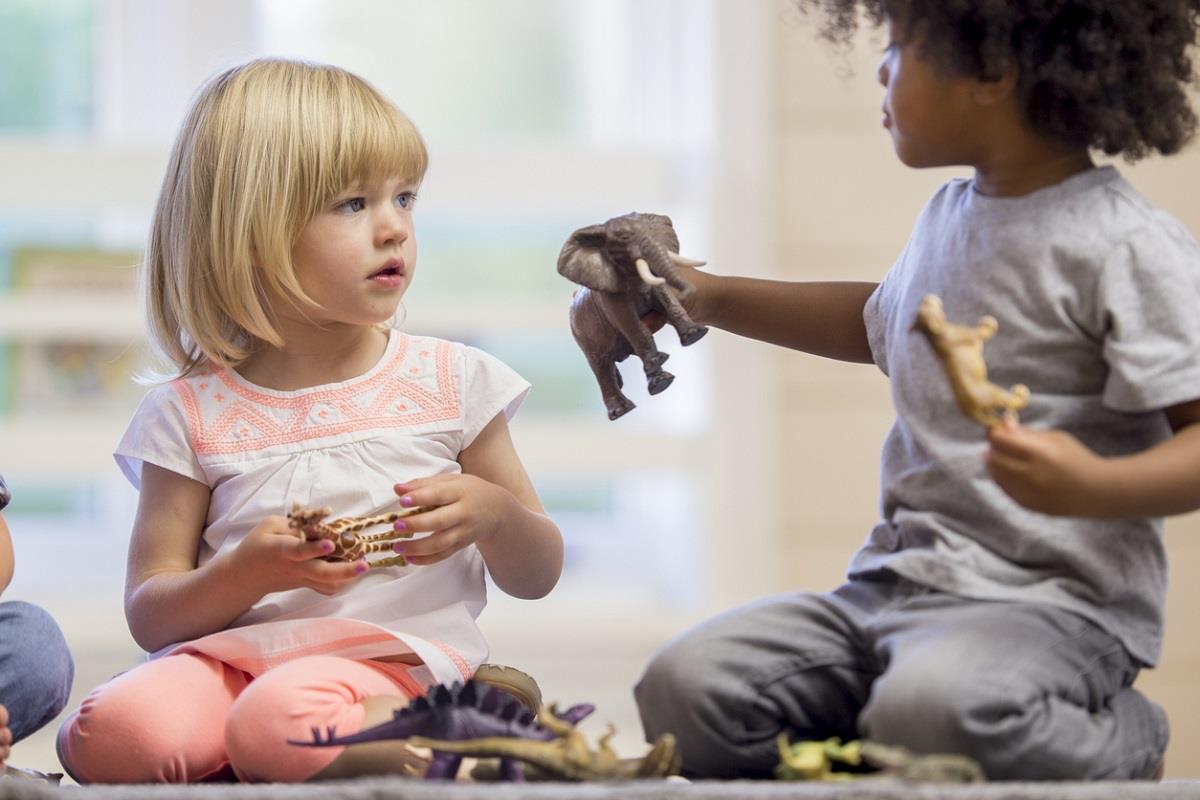
3. Toys
Those awesome building sets for your 7-year-old probably aren’t safe for your 2-year-old. Why? Small parts. According to one study, choking is a leading cause of death among children and toys were among the top three culprits.
Your Safety Fix: Change a Habit. Make sure toys are age appropriate, heed the small-parts warning labels on the toys you buy, and keep toys for older kids in a separate and secure location until your young children are older. Not sure if a toy is safe for your little one? Check out our toy safety blog and buy a handy small-object choking tester.
4. Stoves
Kitchens are lively, energetic places—which makes it hard for us parents to pay attention to every little thing our tots are getting into while we’re cooking. This is how many burns and scalds happen.
Your Safety Fix: Change a Habit. Use back burners when you have little ones about, as they are harder for little hands to reach. Also get in the habit of turning your pan or pot handles in toward your wall or backsplash; many burns are caused when someone accidentally hits a handle sticking off the stovetop.
5. Household Cleaners
It’s pretty common to store household cleaners—you know, items like toilet bowl cleaner and dishwashing detergent—under the sink or counter. But children are natural explorers who find the mysteries inside low, easy-to-reach cabinets impossible to resist.
Your Safety Fix: Change a Habit. The safest place to store your cleaners is up, away, and out of sight (the out-of-sight part is key for curious young children!). Add an additional safety measure by using cabinet safety locks even on high-up cabinets.
We hope you’ll never need it, but program the Poison Control number into your phone right now: 1-800-222-1222.
6. Medications & Vitamins (both over-the-counter and prescription)
As medication use has risen, so have calls to Poison Control about children who have accidentally ingested them. But many caregivers (and grandparents) still keep their medications in easy-to-access drawers, nightstands, or cabinets.
Your Safety Fix: Change a Habit. Keep ALL medicine on a very high shelf up, away, and out of sight in a locked container. That includes vitamins! Read more about medicine safety.
7. Cribs
Soft, supple things seem to go hand in hand with baby care—except when babies are sleeping. Soft items, from stuffed animals to crib bumpers to blankets (even little blankies), are all suffocation hazards for babies.
Your Safety Fix: Change a Habit. Always, always practice safe sleep, which means putting babies to sleep in their cribs on a firm mattress, on their backs with no soft items or objects around them. Once your child turns 1 and begins rolling over and raising his or her head, it’s safe for him or her to sleep with a blanket or small stuffed animal—just avoid items that have button eyes or other small bits that can pose choking hazards.
8. Alarms
You probably know that you need a smoke alarm on every level of your home, but what about carbon monoxide alarms? And, er, when’s the last time you tested the batteries on any of your alarms?
Your Safety Fix: Get/Test Your Gadgets. There should be smoke alarms on every level of your home, especially outside and inside bedrooms. Carbon monoxide alarms should be on every level of your home as well as outside sleeping areas. (You can buy combo alarms that detect both smoke and carbon monoxide, as well.) As for testing your alarms, you should do it EVERY MONTH, according to the Consumer Protection Safety Commission.
9. Dressers, Bookshelves, and Other Big Things That Tip Over
Seen through a child’s eyes, drawers and shelves look ideal for climbing. But these big items can—and will—tip over in a split second. Furniture, TVs, and other large items send nearly 19,000 kids to the emergency department each year.
Your Safety Fix: Get a Gadget. Use tip-resistant safety brackets and furniture wall straps to keep large items upright, just in case your budding mountaineer chooses to undertake an expedition to the top. (These are also a great idea for earthquake-prone regions.)
10. Windows
It’s only natural that kids want to look out (and down) on the wide, wide world—sadly, however, some 3,300 children fall out of windows each year.
Your Safety Fix: Get a Gadget. For any window above the first floor, window guards or window stops are essential—screens simply don’t offer enough protection for children. Also be sure the cords to your window blinds are removed or out of reach and not dangling near a piece of climbable furniture, as these can pose a strangulation hazard.
-->-->